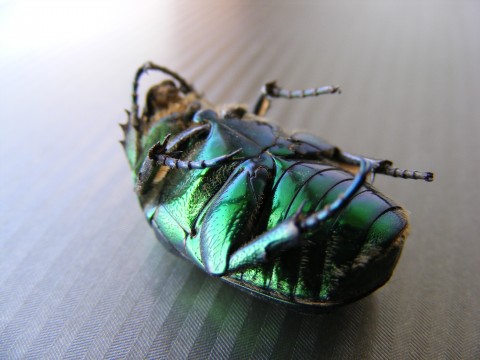There is an interesting new open access paper on urban ecosystems out in Biology Letters: Exoskeletons and economics: indoor arthropod diversity increases in affluent neighbourhoods | Biology Letters
paper on urban ecosystems out in Biology Letters: Exoskeletons and economics: indoor arthropod diversity increases in affluent neighbourhoods | Biology Letters
No it is not directly about microbes but nobody’s perfect and many of the arthropods they look at are small and the story about biodiversity is (I think) of interest to those studying microbes in the built environment.
Here is the abstract:
In urban ecosystems, socioeconomics contribute to patterns of biodiversity. The ‘luxury effect’, in which wealthier neighbourhoods are more biologically diverse, has been observed for plants, birds, bats and lizards. Here, we used data from a survey of indoor arthropod diversity (defined throughout as family-level richness) from 50 urban houses and found that house size, surrounding vegetation, as well as mean neighbourhood income best predict the number of kinds of arthropods found indoors. Our finding, that homes in wealthier neighbourhoods host higher indoor arthropod diversity (consisting of primarily non-pest species), shows that the luxury effect can extend to the indoor environment. The effect of mean neighbourhood income on indoor arthropod diversity was particularly strong for individual houses that lacked high surrounding vegetation ground cover, suggesting that neighbourhood dynamics can compensate for local choices of homeowners. Our work suggests that the management of neighbourhoods and cities can have effects on biodiversity that can extend from trees and birds all the way to the arthropod life in bedrooms and basements.
Authors: Misha Leong, Matthew A. Bertone, Keith M. Bayless, Robert R. Dunn, Michelle D. Trautwein
There are a variety of stories out about it including this one: Richer Homes Are Also Richer in Biodiversity
Worth checking out.
